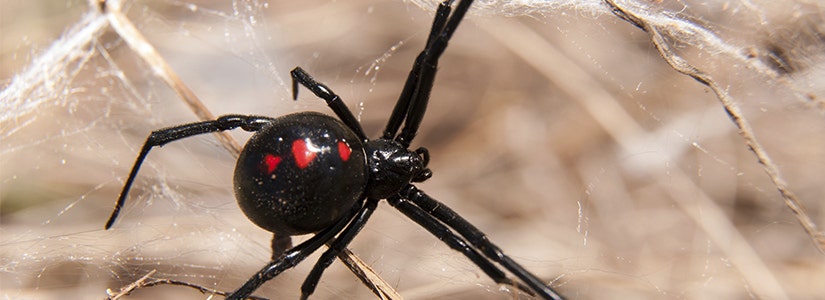

- Home
- Solution Center
- Learn
- Indoor Bugs
- 10 Ways Pests Get Inside Your Home
10 Ways Pests Get Inside Your Home
Insects like ants, roaches and spiders are pretty clever at finding ways to get into your home, especially if they are looking for food, water or seeking shelter from weather changes. Inspect these places to make sure that insects can't exploit even the tiniest opening to gain entry to your home:
1. Doors Be sure that doors seal tightly against thresholds, including your garage door. Install new door sweeps if needed. Check carefully around your doors for any light peeping through. If light shows, that's a spot where insects can get in.
2. Windows Inspect window screens for holes; repair as necessary. Also check weather stripping for worn sections that could give a pest wriggle room.
3. Wall passages Check every cable, heating, plumbing and ventilation item that passes through your home's walls. Double seal to prevent insect entry: Caulk outside and also apply caulk or spray foam inside.
4. Dryer vents and exhaust fans Inspect all vents and exhaust fans from your dryer, bathroom or kitchen. Check vent dampers to be sure they're moving freely and not stuck open or broken.
5. Siding Seal gaps between trim and house siding. Also look carefully where walls join the foundation. Gaps here are favorite insect entries.
6. Exterior walls and foundation Look for obvious cracks and holes. Make sure there is at least a few inches (more is better) of your foundation above the soil line. If not, remove enough soil to create separation between the earth and your home's exterior walls. Also, check plants and planting beds close to your house. Keep mulch pulled back from your home's foundation, and prune plants so that branches don't physically touch your house.
7. Crawl space Inspect screens over crawl space openings. Any floor above a crawl space represents a spot where insects might enter. If you can't wriggle into your crawl space to inspect it, hire someone who can.
8. Soffits, fascia and roof vents A quick glance at these areas often reveals obvious problems. Look carefully at junctures between adjoining roof lines, which are favorite entry points for Wasps and Yellow Jackets. Double-check roof vent screens to make sure that all edges are securely fastened.
9. Chimney caps At least once a year, inspect your chimney cap. If you don't have one, consider putting one in. It can keep larger critters, such as birds, squirrels, rats or raccoons, from setting up housekeeping in your home. Besides keeping animals out for obvious reasons, they also often carry insects into your home.
10. Things you carry in This list includes plants that spend summer outdoors as well as live holiday decorations and firewood. Learn how to limit insects on houseplants you bring indoors for winter.














